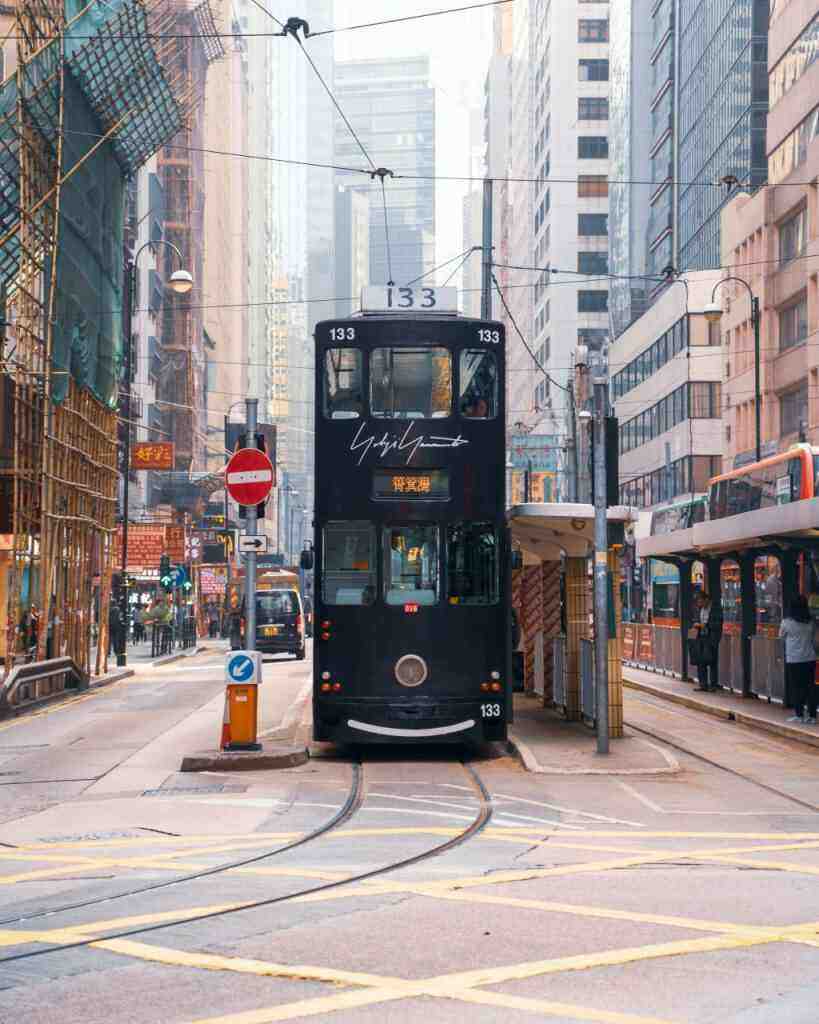Hong Kong’s Fee-Free Public Transit: A Model for Urban Sustainability
In the heart of Asia’s vibrant metropolis, Hong Kong, a transportation revolution is quietly unfolding, transforming the city’s urban landscape and setting an exemplary model for sustainable mobility worldwide. In 2024, Hong Kong boldly embraced a pioneering initiative: a completely fee-free public transit system, propelling the city to the forefront of sustainable urban development.
The Genesis of Fee-Free Public Transit
Hong Kong’s transformation was driven by an urgent need to address chronic traffic congestion and rampant air pollution. The city’s streets were choked with private vehicles, contributing to gridlock and spewing harmful emissions. Recognizing the dire necessity for change, the Hong Kong government embarked on an ambitious mission to overhaul the city’s public transit system, aiming to create a network that was not only efficient and accessible but also environmentally friendly.
Overcoming Challenges
The transition to fee-free public transit was not without its hurdles. Foremost among these was the potential loss of revenue for the government. To mitigate this, innovative funding mechanisms were implemented, including congestion charges for private vehicles entering certain areas, increased fuel taxes, and reallocation of funds from other government programs.
Another challenge lay in ensuring the public transit system could accommodate the anticipated surge in ridership resulting from free fares. To address this, the government invested heavily in expanding and upgrading the system’s infrastructure. New rail lines were constructed, bus routes optimized, and service frequencies increased. Additionally, partnerships with private companies brought forth innovative transportation solutions, such as electric buses and shared mobility options.
Benefits of Fee-Free Public Transit
The implementation of fee-free public transit in Hong Kong has yielded a multitude of benefits, positively impacting the city’s environment, economy, and social fabric.
Environmental Impact
With fewer private vehicles on the road, Hong Kong has witnessed a remarkable reduction in air pollution. Greenhouse gas emissions have plummeted, resulting in improved air quality and a healthier living environment for Hong Kongers. The city’s efforts to combat climate change have been significantly bolstered by this transition.
Economic Impact
The fee-free public transit system has also invigorated the city’s economy. By eliminating transportation costs, it has eased the financial burden on commuters, allowing them to allocate more resources towards other economic activities. This has led to increased consumer spending, business investment, and overall economic growth.
Social Impact
Perhaps the most profound impact of fee-free public transit has been its contribution to social equity. By removing fares, the system has made public transit accessible to all Hong Kongers, regardless of their socioeconomic status. This has fostered greater social inclusion, bridging the gap between different segments of society and creating a more cohesive urban community.
Conclusion
Hong Kong’s fee-free public transit system stands as a beacon of hope for cities worldwide, demonstrating the transformative power of sustainable urban planning. By prioritizing accessibility, environmental sustainability, and social equity, Hong Kong has crafted a transportation network that serves as a model for a greener, more livable future. As cities grapple with the challenges of congestion, pollution, and climate change, Hong Kong’s experience offers valuable lessons and inspiration for building more sustainable and humane urban environments.
